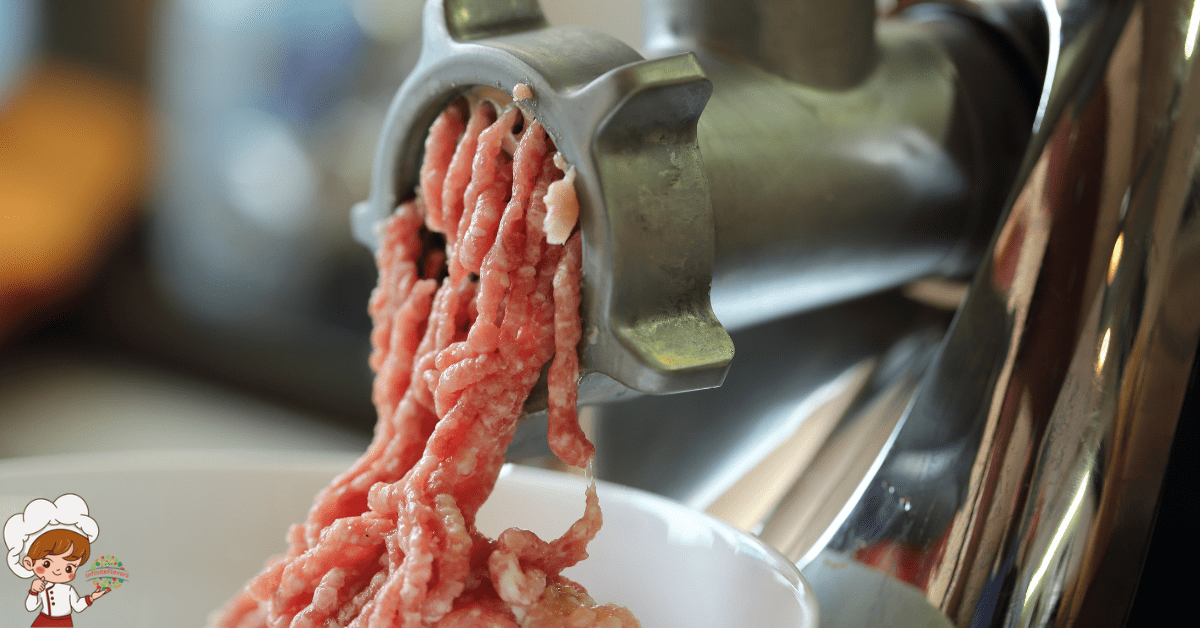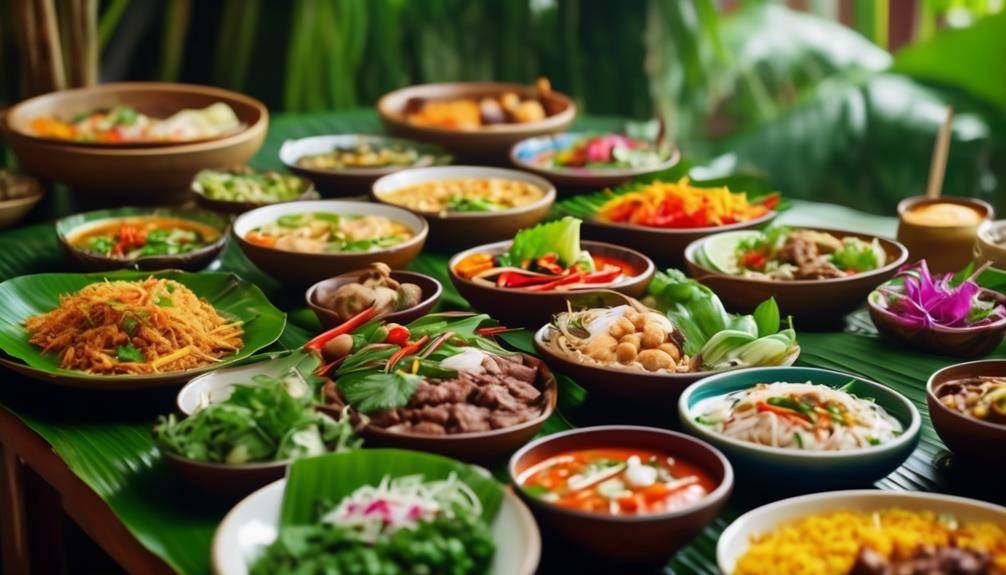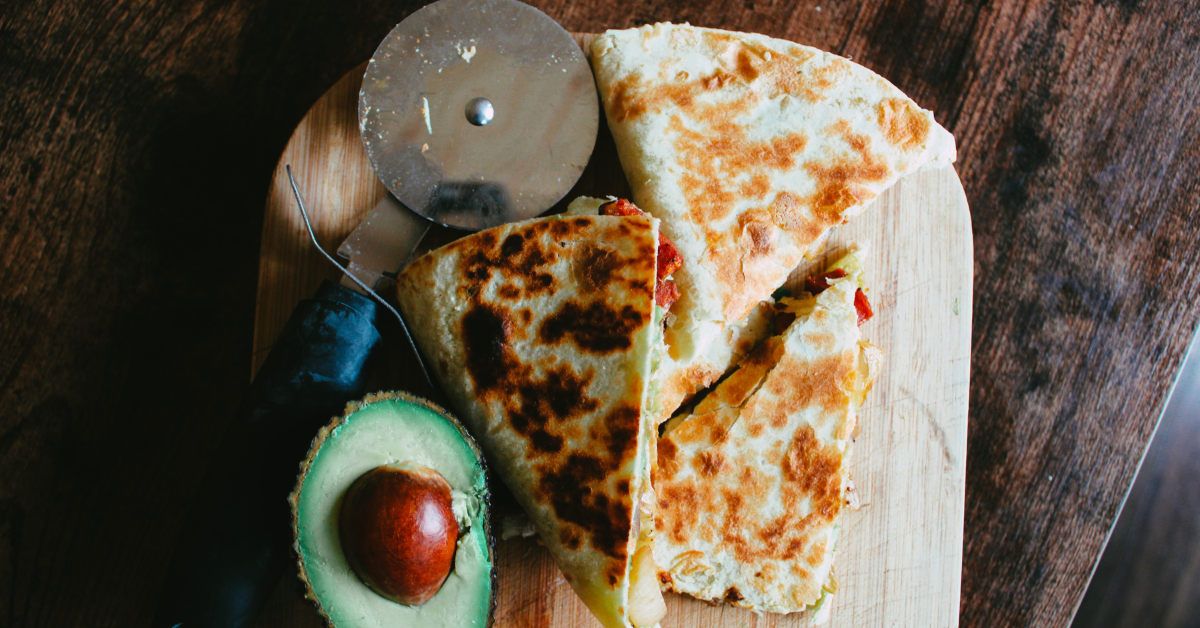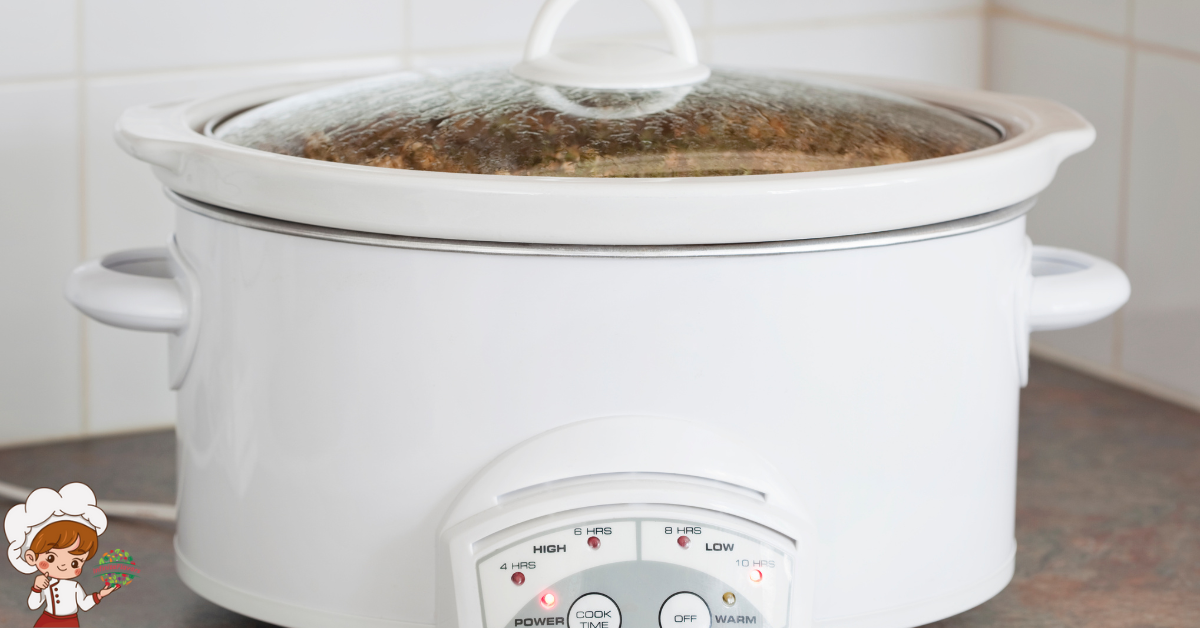Popular Indian Recipes With A Modern Twist
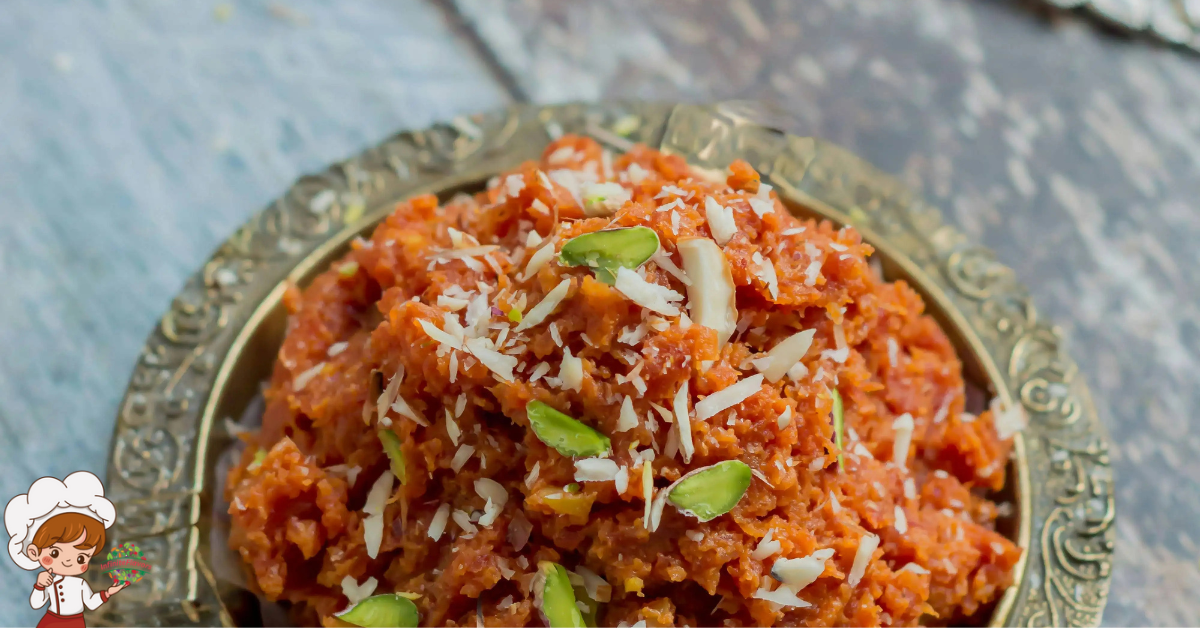
Indian Recipes With A Modern Twist; Are you tired of the same old Indian recipes that have been passed down for generations? You might be hesitant to try new variations, fearing that they might compromise the authenticity and flavors you love. But what if there was a way to infuse a modern twist into traditional Indian dishes without sacrificing their essence?
Well, get ready to tantalize your taste buds because we have some exciting ideas that will breathe new life into your favorite Indian recipes. From innovative ingredient pairings to reinvented street food, we will show you how to take your culinary skills to the next level. So, put on your chef’s hat and get ready to embark on a culinary journey that will leave you craving for more.
Fusion Flavors: Combining Indian and International Cuisines
Combining the bold and vibrant flavors of Indian cuisine with international culinary influences opens up a world of exciting and innovative possibilities. The fusion of flavors allows for the creation of unique dishes that tantalize the taste buds and push the boundaries of traditional Indian cooking. By incorporating innovative ingredient pairings, chefs are able to create a harmonious blend of flavors that showcase the best of both Indian and international cuisines.
One example of fusion flavors is the combination of Indian spices with ingredients commonly found in Mediterranean cuisine. The warm and aromatic spices such as cumin, coriander, and turmeric add depth and complexity to dishes like hummus, tabbouleh, and falafel. This fusion results in a flavor explosion that is both familiar and exotic, leaving you craving for more.
Another exciting innovation is the incorporation of Indian flavors into classic Western dishes. Imagine a butter chicken pizza with a tandoori chicken topping, or a spicy masala burger with a side of mint chutney. These unexpected combinations bring a new level of excitement to familiar dishes, infusing them with the bold and vibrant flavors of Indian cuisine.
The fusion of Indian and international flavors also extends to desserts. Traditional Indian sweets like gulab jamun and jalebi can be transformed into mouthwatering creations by incorporating ingredients like chocolate, caramel, or even exotic fruits. This blending of flavors creates a unique and unforgettable dessert experience that is both indulgent and satisfying.
Innovative Ingredient Pairings: Unexpected Flavors in Traditional Dishes
Get ready to embark on a culinary adventure as we explore the world of innovative ingredient pairings, where unexpected flavors come together to transform traditional Indian dishes. Indian cuisine is known for its rich and diverse flavors, but chefs are constantly pushing the boundaries by incorporating unexpected ingredient combinations that elevate the dining experience to a whole new level.
One of the key aspects of using unexpected ingredient combinations is to create a harmonious balance of flavors. For instance, pairing the sweetness of mango with the heat of chili peppers adds a delightful contrast to dishes like mango salsa or mango chutney. Another surprising combination is the use of roasted cumin in desserts like chocolate truffles, which adds a smoky and earthy flavor that complements the sweetness of the chocolate.
Chefs are not only experimenting with unexpected flavor combinations but also employing artistic presentation techniques to enhance the visual appeal of traditional Indian dishes. For example, using edible flowers as garnishes or arranging the ingredients in a geometric pattern can turn a simple dal or curry into a work of art. This attention to detail not only adds aesthetic value but also elevates the dining experience by engaging multiple senses.
Creative Spices: Experimenting With Unique Spice Blends
Ready to take your taste buds on a flavor-filled adventure? Get ready to explore the world of creative spices and unique spice blends that will revolutionize your Indian cooking. With bold flavor combinations and unexpected ingredient pairings, you’ll be amazed at the endless possibilities that await you in the realm of spice experimentation. So, get ready to spice up your dishes and elevate your culinary creations to a whole new level.
Bold Flavor Combinations
Enhance your culinary adventures by exploring the art of Indian cooking with a modern twist through bold flavor combinations that incorporate unique spice blends. When it comes to Indian cuisine, the possibilities are endless. Dare to experiment with unexpected ingredient pairings that will take your taste buds on a thrilling journey. Picture the tanginess of tamarind paired with the creaminess of coconut milk, or the earthy flavor of turmeric combined with the sweetness of honey. These bold flavor combinations will awaken your senses and elevate your dishes to new heights.
Don’t be afraid to think outside the box and embrace the fusion of traditional Indian flavors with modern influences. The result? An explosion of taste and a dining experience like no other. So, get ready to embark on a flavor adventure and let your creativity run wild in the kitchen.
Unexpected Ingredient Pairings
As you continue your culinary adventure with Indian recipes, take your taste buds on a thrilling journey by exploring unexpected ingredient pairings, specifically by experimenting with unique spice blends. Embrace the opportunity to create innovative ingredient combinations that will elevate your dishes to new heights. Try pairing traditional Indian spices like turmeric and cardamom with unexpected ingredients such as cocoa powder or coffee grounds for a surprising twist.
These unexpected flavor combinations can add depth and complexity to your dishes, making them truly unforgettable. Additionally, don’t forget to consider artistic presentation techniques to enhance the visual appeal of your creations. Whether it’s garnishing with fresh herbs or arranging the ingredients in a visually pleasing manner, artistic presentation can elevate your culinary creations to a whole new level. So, get creative, experiment with unique spice blends, and let your culinary imagination run wild!
Reinvented Street Food: Giving Popular Street Snacks a Modern Makeover
Get ready to tantalize your taste buds with reinvented street food that brings together flavorful fusion creations, innovative ingredient combinations, and artistic presentation techniques. Experience the explosion of flavors as traditional street snacks are given a modern makeover, incorporating unique spices and unexpected ingredients that will surprise and delight your palate. From deconstructed chaats to gourmet vada pavs, these reinvented street snacks are not only delicious but also visually stunning, making every bite a culinary adventure.
Flavorful Fusion Creations
Experience the tantalizing transformation of popular street snacks as they are reinvented with a modern twist, creating flavorful fusion creations that will take your taste buds on a culinary adventure like never before. These reinvented street snacks not only retain their traditional flavors but also incorporate contemporary plating techniques to elevate the overall dining experience. Here are five mouthwatering examples that showcase the magic of flavorful fusions:
- Tikka Tacos: Succulent chicken tikka wrapped in a soft taco shell, topped with tangy chutney and crunchy slaw.
- Pav Bhaji Sliders: Spicy mashed vegetable curry served on mini burger buns, with a dollop of melted butter and a sprinkle of fresh herbs.
- Vada Pao Croquettes: Crispy potato and lentil fritters transformed into bite-sized croquettes, served with a spicy garlic aioli.
- Samosa Chaat Salad: Crumbled samosas tossed with fresh veggies, tangy tamarind chutney, and cooling yogurt, creating a delightful salad bursting with flavors.
- Dahi Puri Shots: Crispy hollow puris filled with spiced yogurt, tangy tamarind chutney, and zesty mint chutney, served as delightful bite-sized appetizers.
These flavorful fusion creations not only pay homage to the traditional street snacks but also offer a unique and contemporary twist that will leave you craving for more. Get ready to embark on a culinary journey that blends the best of both worlds.
Innovative Ingredient Combinations
Reimagining popular street snacks with innovative ingredient combinations adds a modern twist to traditional flavors, creating a unique culinary experience. Indian cuisine is known for its bold flavors and diverse ingredients, and chefs are now taking it a step further by incorporating unexpected ingredient pairings into classic street snacks. Imagine biting into a crispy samosa filled with a surprising combination of paneer and cranberries, or tasting a tangy tamarind chutney paired with a spicy potato cutlet.
These inventive combinations not only tantalize the taste buds but also showcase the creativity of the chefs. To elevate the experience, artistic plating techniques are employed, transforming these humble street snacks into visually stunning works of art. From intricate garnishes to playful arrangements, every dish becomes a feast for the eyes as well as the palate. These innovative ingredient pairings and artistic plating techniques breathe new life into traditional street food, making it a delightful and memorable culinary adventure.
Artistic Presentation Techniques
With a modern makeover, popular street snacks are transformed into visually stunning works of art through the use of artistic presentation techniques. These innovative plating methods take traditional Indian street food to a whole new level, creating an experience that is not only delicious but also visually captivating. Here are some ways in which these street snacks are given an artistic twist:
- Deconstructed presentations: Breaking down the components of the dish and arranging them in an artistic manner adds a touch of elegance and sophistication.
- Playful use of colors: Vibrant and contrasting colors are used to create visually striking compositions that are pleasing to the eyes.
- Edible art: Garnishes and decorations made from edible ingredients are used to create intricate patterns and designs on the plate.
- Heightened presentation: Building the dish vertically or using stands and props adds depth and dimension to the overall presentation.
- Creative plating techniques: Using unconventional serving vessels, such as mini frying pans or wooden boards, adds an element of surprise and uniqueness to the dish.
These artistic presentation techniques not only make the street snacks more visually appealing but also elevate the dining experience, turning it into a true feast for the senses.
Healthy and Wholesome: Adding a Nutritious Twist to Traditional Recipes
Transform your favorite traditional Indian recipes into healthy and wholesome meals by incorporating nutritious ingredients and innovative cooking techniques. Indian cuisine is known for its rich flavors and diverse range of dishes, but it can also be heavy on calories and unhealthy fats. However, with some simple modifications and health-conscious adaptations, you can enjoy the same delicious flavors while making your meals more nutritious.
One way to add a nutritious twist to traditional recipes is by using innovative cooking methods. For example, instead of deep-frying, try baking, grilling, or steaming your ingredients. This helps to reduce the amount of oil and fat used in the cooking process, making your dishes lighter and healthier. You can also experiment with different spices and herbs to enhance the flavors without adding extra calories.
Another way to make your Indian recipes healthier is by substituting certain ingredients with more nutritious alternatives. For instance, instead of using refined flours, you can opt for whole wheat or multigrain flours, which are higher in fiber and nutrients. Similarly, you can replace full-fat dairy products with low-fat or plant-based alternatives, such as almond milk or yogurt.
Additionally, adding more vegetables to your dishes is an excellent way to boost their nutritional value. You can include a variety of colorful vegetables like spinach, bell peppers, carrots, and broccoli to add fiber, vitamins, and minerals to your meals. You can also experiment with different protein sources, such as lentils, chickpeas, or tofu, to make your dishes more wholesome and satisfying.
Plant-Based Delights: Vegan and Vegetarian Adaptations of Indian Favorites
To continue exploring the world of nutritious Indian cuisine, let’s now delve into the realm of plant-based delights, where vegan and vegetarian adaptations of your favorite Indian dishes await. With a growing interest in veganism and plant-based diets, Indian cuisine has embraced this dietary shift by offering innovative and delicious alternatives to traditional recipes. Get ready to embark on a culinary journey that combines the vibrant flavors of India with the health benefits of plant-based ingredients.
Here are some vegan and vegetarian adaptations of Indian favorites that will tantalize your taste buds:
- Vegan Street Food: Experience the joy of indulging in popular street food like samosas, bhel puri, and vada pav, all made with plant-based ingredients. Enjoy the crispy texture and aromatic spices without compromising on taste.
- Plant-Based Fusion: Discover the magic of plant-based fusion dishes that bring together the best of Indian and international flavors. Try dishes like tofu tikka masala, jackfruit biryani, or chickpea curry tacos. These innovative creations showcase the versatility of plant-based ingredients.
- Traditional Dishes with a Twist: Savor the flavors of classic Indian dishes like butter paneer or chole masala, recreated using plant-based alternatives like tofu or tempeh. These adaptations retain the essence and richness of the original recipes while offering a healthier option.
- Dairy-Free Delights: Explore the world of dairy-free desserts like vegan mango lassi, coconut-based kulfi, or cashew-based kheer. These sweet treats will leave you satisfied and craving for more, without the need for any animal products.
- Protein-Packed Meals: Discover the abundance of plant-based protein sources in Indian cuisine. From lentils and chickpeas to tofu and seitan, there are plenty of options to create protein-packed meals that will keep you energized and satisfied.
Embrace the plant-based revolution in Indian cuisine and enjoy these delightful adaptations that cater to both your taste buds and your dietary preferences.
Contemporary Presentation: Elevating the Visual Appeal of Dishes
Experience the artistry of Indian cuisine come alive as dishes are elevated to new heights through contemporary presentation techniques. The innovative plating techniques used in Indian cuisine today not only enhance the visual appeal of the dishes but also create a lasting impression on your taste buds.
Traditional Indian dishes have always been known for their rich flavors and vibrant colors. However, with the advent of modern culinary trends, chefs are now taking it a step further by incorporating innovative plating techniques. These techniques involve using unconventional serving vessels, such as slate boards, miniature pots, or even edible containers made from rice paper. By presenting the dishes in unique and unexpected ways, chefs are able to create a sense of anticipation and excitement among diners.
One area where contemporary presentation truly shines is in the realm of fusion dessert creations. Chefs are now combining traditional Indian sweets with Western dessert elements to create visually stunning and delicious treats. For example, a traditional Indian Gulab Jamun is transformed into a decadent cake by layering it with cream and garnishing it with edible flowers. Another popular fusion dessert is the Rasmalai Cheesecake, where the creamy, cardamom-infused Rasmalai is combined with a buttery biscuit base to create a dessert that is both familiar and unique.
Contemporary presentation techniques not only elevate the visual appeal of Indian dishes but also enhance the overall dining experience. By incorporating innovative plating techniques and fusion dessert creations, chefs are able to create a harmonious blend of tradition and modernity, making each dish a work of art that is meant to be savored with all your senses. So, the next time you indulge in Indian cuisine, be prepared to have your taste buds tantalized and your eyes delighted by the artistry on your plate.
Molecular Gastronomy: Exploring Scientific Techniques in Indian Cooking
Prepare to embark on a culinary adventure as we delve into the world of Molecular Gastronomy, where scientific techniques meet the vibrant flavors of Indian cooking. This innovative approach to cooking has opened up a world of possibilities, allowing chefs to experiment with ingredients and transform traditional Indian dishes into extraordinary creations. Here are some ways in which molecular gastronomy is being used to push the boundaries of Indian cuisine:
- Spherification: By using a process called spherification, chefs can create small, flavorful spheres that burst in your mouth, releasing a burst of flavor. Imagine a tangy tamarind chutney encapsulated in a delicate, edible sphere that adds a surprising twist to a classic dish.
- Foams and Airs: Utilizing techniques such as foams and airs, chefs can create light and airy textures that add a new dimension to Indian dishes. Picture a fluffy saffron foam delicately resting on top of a rich and creamy butter chicken, creating a visual and sensory experience like no other.
- Reverse Spherification: This technique involves creating a gel-like exterior around a liquid center. It allows chefs to infuse flavors into the liquid and create unique, burst-in-your-mouth experiences. Imagine biting into a delicate, translucent sphere of mango lassi, only to be met with a burst of cool, refreshing flavor.
- Deconstruction: Chefs can deconstruct traditional Indian dishes and present them in a completely new and innovative way. By breaking down the components of a dish and reconstructing them in a visually appealing manner, they create a playful and exciting dining experience.
- Molecular Mixology: Molecular gastronomy isn’t just limited to food; it has also made its way into the world of cocktails. Chefs are using scientific techniques to create unique and inventive drinks that pair perfectly with their molecular Indian dishes.
These scientific experiments and culinary innovations have revolutionized the Indian food scene, pushing boundaries and challenging traditional notions of cooking. By combining scientific techniques with the vibrant flavors of Indian cuisine, chefs are creating unforgettable dining experiences that are as visually stunning as they are delicious. Get ready to embark on a journey of culinary exploration, where science meets flavor in the most unexpected and delightful ways.
Global Influences: Incorporating Global Ingredients Into Indian Dishes
Embark on a culinary journey that embraces the diverse flavors of the world, as we explore how global ingredients are seamlessly incorporated into the vibrant tapestry of Indian cuisine. The use of global ingredients in Indian dishes is a testament to the international influences that have shaped and transformed Indian cooking over the years. These global ingredients have brought new and exciting flavors to traditional Indian dishes, creating a fusion of tastes that is both unique and delicious.
One of the most prominent global ingredients used in Indian cuisine is the humble potato. Introduced to India by the Portuguese in the 17th century, the potato quickly became a staple ingredient in many Indian dishes. From the famous Aloo Tikki to the comforting Aloo Gobi, the potato has seamlessly integrated itself into the Indian culinary landscape.
Another global ingredient that has found its way into Indian dishes is the tomato. Native to South America, the tomato was brought to India by the Portuguese and has since become an essential ingredient in many Indian curries and sauces. Its tangy and slightly sweet flavor adds depth and richness to dishes like Butter Chicken and Tomato Rice.
The influence of global ingredients extends beyond the realm of vegetables. Spices like cinnamon, cloves, and nutmeg, which were introduced to India by traders from the Middle East, have become an integral part of Indian cooking. These spices add warmth and complexity to dishes like Biryani and Chai.
Incorporating global ingredients into Indian dishes not only adds new flavors but also celebrates the rich history of international trade and cultural exchange. It is a testament to the ever-evolving nature of Indian cuisine, where traditional recipes are constantly being reinvented and reimagined to create a truly global culinary experience. So, why not embrace the fusion of flavors and embark on a culinary adventure that brings together the best of both worlds?
Deconstructed Classics: Breaking Down Traditional Recipes Into Modern Interpretations
With a modern twist, traditional Indian recipes are being deconstructed into innovative interpretations that breathe new life into familiar flavors. Chefs are breaking down classic recipes and presenting them in unique ways, creating deconstructed desserts that are as visually stunning as they are delicious.
Here are some examples of deconstructed classics and the innovative plating techniques used to present them:
- Gulab Jamun Cheesecake: This fusion dessert combines the rich flavors of traditional gulab jamun with the creamy indulgence of cheesecake. Instead of serving it as a whole cake, it is deconstructed into individual portions, with layers of crumbled gulab jamun, creamy cheesecake filling, and a drizzle of rose syrup. The dessert is then garnished with rose petals and pistachio crumbs for an elegant finish.
- Pav Bhaji Bruschetta: This modern interpretation of the popular street food dish takes the traditional pav bhaji and transforms it into a bite-sized appetizer. The bhaji, a spicy vegetable curry, is spread onto toasted baguette slices and topped with a dollop of tangy tomato chutney. The dish is garnished with fresh coriander leaves and served as an innovative twist on traditional bruschetta.
- Masala Chai Panna Cotta: This deconstructed dessert takes the beloved masala chai and turns it into a creamy panna cotta. The panna cotta is set in individual glasses, with layers of spiced tea-infused cream and a sweet chai syrup. It is garnished with a sprinkle of ground cinnamon and served with a crisp biscuit for dipping.
- Butter Chicken Tacos: This playful twist on a classic Indian dish combines the flavors of butter chicken with the convenience of a taco. The butter chicken is shredded and served in warm tortillas, topped with fresh cilantro, diced onions, and a squeeze of lime. The dish is served with a side of tangy mint chutney for a refreshing kick.
- Vada Pav Sliders: This deconstructed version of the iconic Mumbai street food dish transforms it into a trendy slider. The vada, a spicy potato fritter, is sandwiched between mini burger buns and topped with a tangy tamarind chutney and crunchy fried green chilies. The sliders are served with a side of spicy garlic chutney for an extra kick.
These deconstructed classics not only offer a fresh take on traditional Indian recipes but also showcase the creativity and innovation of modern Indian cuisine. The use of innovative plating techniques elevates these dishes to a whole new level, making them a feast for the eyes as well as the taste buds. So, the next time you’re in the mood for Indian food, why not try one of these deconstructed delights?
Quick and Easy: Time-Saving Techniques for Busy Modern Cooks
Looking to save time in the kitchen without sacrificing flavor? We’ve got you covered. Our quick and easy cooking hacks and efficient recipes will help you whip up delicious meals in no time. Say goodbye to long hours spent in the kitchen and hello to more time enjoying your delicious creations.
Time-Saving Cooking Hacks
Save time in the kitchen with these quick and easy cooking hacks that are perfect for busy modern cooks like you. Cooking delicious Indian meals doesn’t have to be time-consuming and overwhelming. With these time-saving techniques, you can whip up flavorful dishes in no time. Here are some cooking hacks for your busy schedule:
- Prep ahead: Spend some time on the weekends to chop vegetables, marinate meats, and prepare spice blends. This will save you precious minutes during the week.
- One-pot wonders: Opt for one-pot recipes that require minimal cleanup. It not only saves time but also reduces the number of utensils to wash.
- Shortcut ingredients: Utilize pre-made sauces, frozen vegetables, and canned beans to cut down on cooking time without compromising on taste.
- Multitask: Make use of your oven and stove simultaneously by roasting vegetables while your curry simmers on the stovetop.
- Invest in kitchen gadgets: Time-saving tools like pressure cookers, slow cookers, and food processors can make your cooking process a breeze.
Quick and Efficient Recipes
Now that you’ve learned some time-saving cooking hacks, let’s dive into quick and efficient recipes that will help you whip up delicious Indian meals in a breeze. When it comes to saving time in the kitchen, there are a few tips and tricks that can make all the difference. One of the best ways to save time is to have a well-stocked pantry. Make sure you keep essential Indian ingredients on hand, such as spices like cumin, coriander, and turmeric, as well as staples like rice, lentils, and canned tomatoes.
Another time-saving tip is to use pre-cut vegetables or frozen vegetables, which can help cut down on prep time. Additionally, utilizing kitchen gadgets like a pressure cooker or instant pot can significantly reduce cooking time. With these time-saving tips and pantry essentials, you’ll be able to whip up delicious Indian dishes in no time.
Sweet Surprises: Modern Twists on Traditional Indian Desserts
Indulge your taste buds with delectable twists on traditional Indian desserts that will leave you craving for more. These reimagined classics take the flavors and ingredients of traditional Indian sweets and give them a modern twist, both in taste and presentation. Using modern plating techniques, these desserts are not only a delight to eat but also a feast for the eyes.
- Gulab Jamun Cheesecake: Imagine a creamy, rich cheesecake infused with the sweet and fragrant flavors of gulab jamun. This fusion dessert combines the best of both worlds, with a velvety smooth cheesecake layer topped with syrup-drenched gulab jamun.
- Cardamom Chocolate Mousse: Cardamom, a classic Indian spice, adds a unique and aromatic twist to this smooth and indulgent chocolate mousse. The combination of rich chocolate and fragrant cardamom creates a dessert that is both comforting and exotic.
- Saffron Mango Panna Cotta: Panna cotta, an Italian dessert, gets a touch of Indian flavor with the addition of saffron and mango. The creamy and silky texture of the panna cotta pairs perfectly with the sweet and tropical taste of mango, creating a dessert that is both refreshing and luxurious.
- Coconut Jalebi Parfait: Jalebi, a popular Indian sweet, is transformed into a modern and elegant dessert when layered with coconut cream and served in a glass. The crispy and syrup-soaked jalebi is balanced by the creamy and tropical coconut, creating a dessert that is both crunchy and creamy.
- Rose Pistachio Tart: This tart combines the delicate flavors of rose and pistachio in a buttery pastry shell. The floral and nutty flavors complement each other perfectly, creating a dessert that is both elegant and sophisticated.
These modern twists on traditional Indian desserts are not only a treat for your taste buds but also a feast for your eyes. So, why not try these innovative and delicious desserts and experience the best of both worlds?
Indian Recipes With A Modern Twist; FAQ
Can You Provide Some Examples of International Cuisines That Are Commonly Fused With Indian Flavors?
You’ll be surprised at the international fusion cuisines with Indian flavors! Imagine unexpected ingredient pairings in traditional Indian dishes. Get ready to taste Indian-Mexican tacos or Indian-Italian pasta, it’s a culinary adventure!
What Are Some Unexpected Flavors That Can Be Found in Traditional Indian Dishes Through Innovative Ingredient Pairings?
You’d be surprised by the unexpected flavor combinations found in traditional Indian dishes. Innovative ingredient pairings bring a modern twist to Indian recipes, creating a symphony of taste that will leave you craving more.
How Can Unique Spice Blends Be Used to Experiment With the Flavors of Indian Cuisine?
You can elevate traditional Indian recipes with innovative flavor combinations by experimenting with unique spice blends. By exploring the fusion of Indian and international flavors, you can create popular dishes that combine the best of both worlds.
What Are Some Popular Street Snacks in India That Have Been Given a Modern Makeover?
Looking for street snacks in India that have a modern twist? Well, you’re in luck! There are plenty of popular options that have been given a creative makeover, adding Indian flavors to international cuisines.
Can You Suggest Some Nutritious Twists That Can Be Added to Traditional Indian Recipes to Make Them Healthier and More Wholesome?
You can make traditional Indian recipes healthier and more wholesome by incorporating superfoods and getting creative with ancient grains. Try adding kale to your dal or using quinoa instead of rice for a nutritious twist!
Conclusion
In conclusion, Indian cuisine is undergoing a transformation with modern twists that bring excitement and innovation to traditional recipes. From fusion flavors to deconstructed classics, there is something for everyone to enjoy. With unexpected ingredient pairings, creative spices, and reinvented street food, these dishes offer a fresh take on familiar favorites. Whether you’re a busy cook looking for quick and easy recipes or someone with a sweet tooth craving modern twists on Indian desserts, these recipes are sure to delight and inspire.



